The Competitive Runners Handbook
The Bestselling Guide to
Running 5Ks Through
Marathons
Revised Edition
B OB G LOVER AND S HELLY-LYNN F LORENCE G LOVER
 Penguin Books
Penguin Books
PENGUIN BOOKS
Published by the Penguin Group
Penguin Putnam Inc., 375 Hudson Street,
New York, New York 10014, U.S.A.
Penguin Books Ltd, 27 Wrights Lane, London W8 5TZ, England
Penguin Books Australia Ltd, Ringwood, Victoria, Australia
Penguin Books Canada Ltd, 10 Alcorn Avenue,
Toronto, Ontario, Canada M4V 3B2
Penguin Books (N.Z.) Ltd, 182190 Wairau Road,
Auckland 10, New Zealand
Penguin Books Ltd, Registered Offices:
Harmondsworth, Middlesex, England
The Competitive Runners Handbook by Bob Glover and
Pete Schuder first published in the United States of America in
Penguin Books 1983
Revised edition published 1988
This second revised edition by Bob Glover and
Shelly-lynn Florence Glover published 1999
Copyright Robert H. Glover and Associates, Inc., 1983, 1988, 1999
All rights reserved
A Note to the Reader
The ideas, procedures, and suggestions contained in this book are not intended to substitute for medical or other professional advice applicable to specific individuals. As with any activity program, yours should be prepared in consultation with a physician or other competent professional.
LIBRARY OF CONGRESS CATALOGING-IN-PUBLICATION DATA
Glover, Bob.
The competitive runners handbook: the bestselling guide to running 5Ks through marathons / by Bob Glover and Shelley-lynn Florence Glover. Rev. ed.
p. cm.
Rev. ed. of: The new competitive runners handbook. 1988.
Includes index.
ISBN: 978-1-1011-9991-6
1. RunningTraining. 2. RunningPsychological aspects.
3. Running races. I. Glover, Shelly-lynn Florence. II. Glover,
Bob. New competitive runners handbook. III. Title.
GV1061.5.G54 1999
796.424dc21 9833345
Dedication
So many men and women have contributed to the development of running for fitness and competition that it is difficult to choose the single man or single woman who has had the most profound influence. For me, however, it was an easy choice. Both the third edition of The Competitive Runners Handbook and the third edition of The Runners Handbook are proudly dedicated to two good friends who contributed the most to my career as a running coach and writer. For many reasons they can be called The Marathon Man and The Marathon Woman.
Fred Lebow died in 1994, just four weeks prior to the twenty-fifth anniversary of his pride and joy, the New York City Marathon. When Fred took the reins as president of the New York Road Runners Club, the organization had fewer than 200 members. When he died, the NYRRC was over 30,000 strong. A charismatic, innovative leader, Freds most publicized accomplishment was his direction of the New York City Marathon. In a bold move in 1976, he took the event from the confines of Central Park out onto the streets of all five boroughs. He brought the marathon to the people. His concept excited the media, which further promoted the sport and helped fuel the big running boom of the late 1970s. Just as important, thousands of spectators caught up in the excitement took up running themselvesfirst running for fitness and then training to run the marathon itself. Cities around the world started marathons through their streets and sought out Fred and his staff for advice. Freds fame spread and spread as three U.S. presidents met with him at the White House and even the pope had an audience with him. Despite all this, Fred remained a dedicated middle-of-the-packand later, as he battled cancer back-of-the-pack runner. He immediately endorsed and promoted the many ideas that I presented to him concerning expansion of the NYRRCs educational services to runners. Together, we presented running clinics years before anyone else was doing them. More programs followed: Saturday morning group fun runs, long runs for marathon training, brochures on training for all levels of runners, the official New York City Marathon training schedule. Two programs that we developed remain very special. While he was in the hospital the first time in his battle with cancer, Fred gave the go-ahead to start our very successful City-Sports-For-Kids track-and-field program. From a humble beginning with 23 kids in our first session, we expanded to include over 1,000 boys and girls aged five to thirteen in our fun-and-fitness program each year. Fred loved to stop by and cheer the kids on. Ironically, I was at this program, started from his hospital room, when I learned that Fred had died. Through misty eyes I looked around the field and saw over 300 kids having fun at Freds sportrunning. Back in 1978, I approached Fred with the idea of starting classes for running. To our knowledge at that time, such a thing did not exist. Coached workouts were for high school and college teams and a few Elite adult runners, not for the average man and woman. Even if one person shows up, we should try, was Freds command. We started with 25 runnersincluding Fredand now get as many as 850 runners per ten-week session; more than 3,000 students per year. Fred made it to the classes as often as he could, fighting it out with the intermediates during speed workouts. He was always ready to offer encouragement to even the slowest runner in the class. His advice to runners entering his races was the same whether it was a back-of-the-packer or a world record-holder: Whatever you do, just try your best. All of these programs, and this book, remain as a legacy to Freds commitment to the average runner.

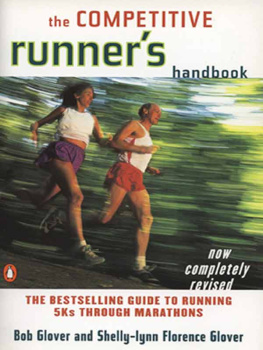
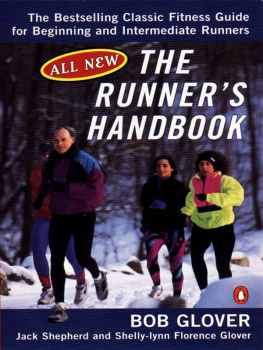
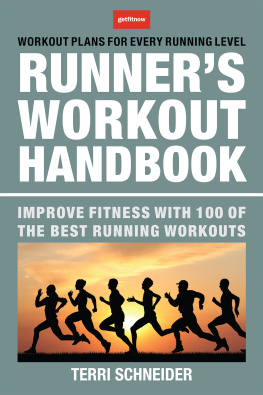
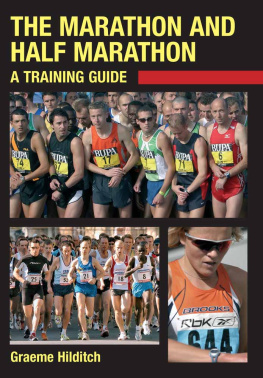


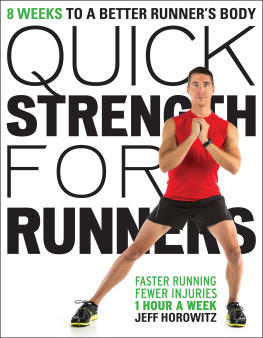

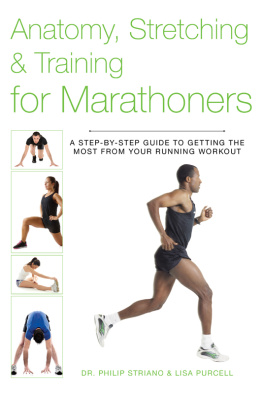
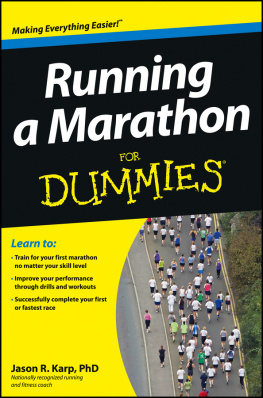
 Penguin Books
Penguin Books